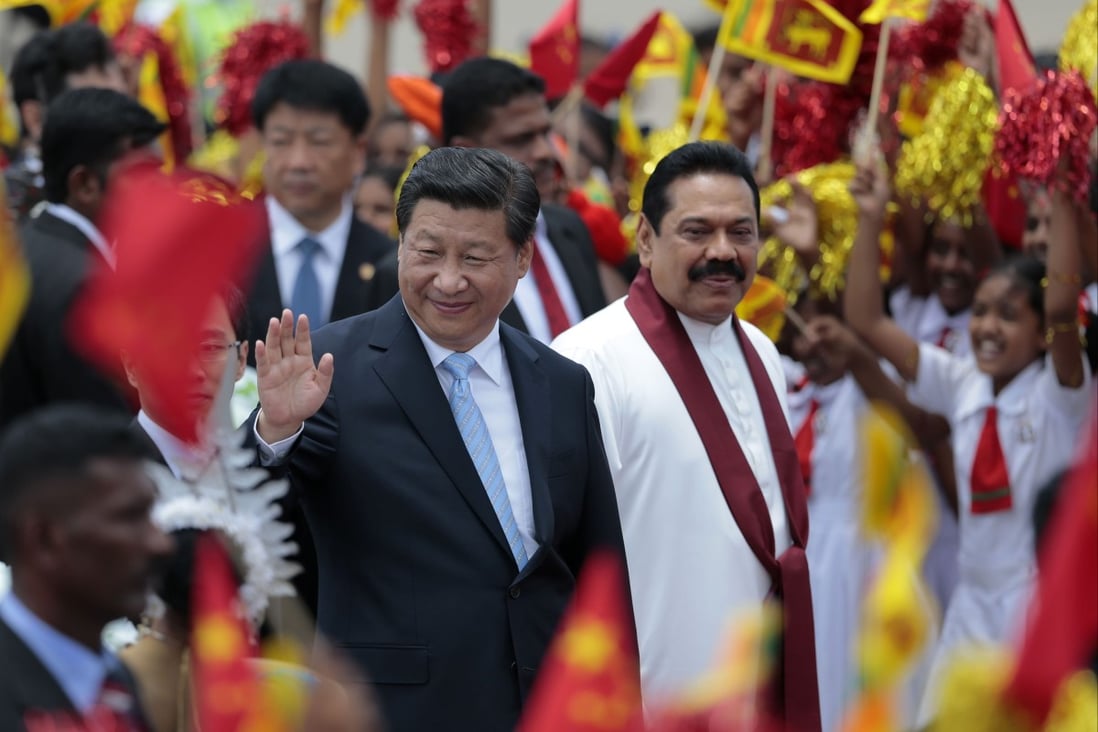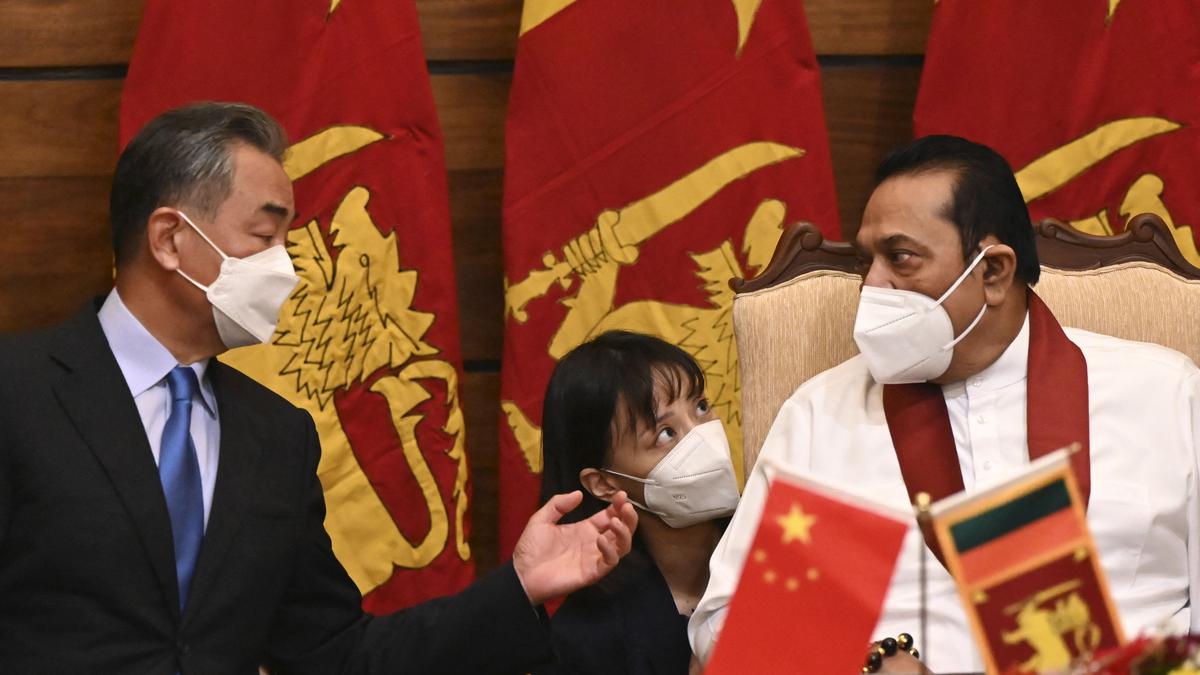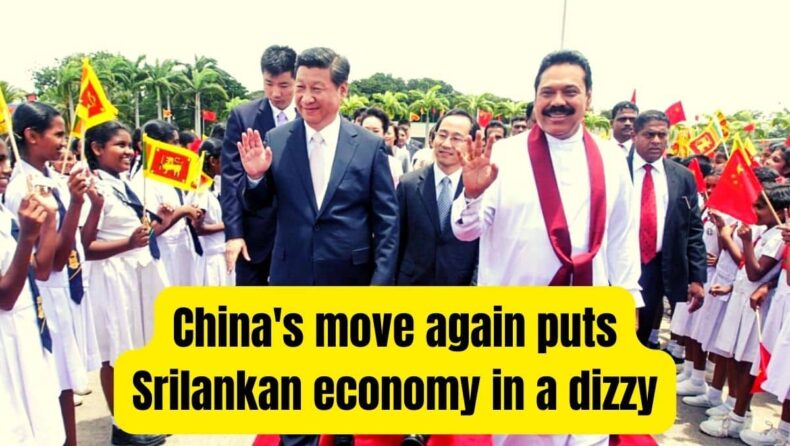India had decided to support the IMF’s debt sustainability analysis of Sri Lanka with a 10-year debt moratorium and a restructuring period of 15 years. But the Chinese Export-Import Bank has made it clear to Colombo that it will only provide a repayment moratorium for two years instead of 10 years.
Table of Contents

Image Source: scmp
What is the debt of Sri Lanka to China?
Currently, Sri Lanka owes at least USD 7 billion to China in debt, including loans from the Chinese Development Bank; the loan amount can be even higher if all other private sources are included. On top of it, due to the poor fiscal measures of the previous President Rajapaksa, the loans carried a high interest rate, and the country’s economy eventually collapsed, after which they had to heavily rely on India to bail them out of the debt trap.
What was the debt used for?
The debt was used by the Sri Lankan government to appease China as they worked on developing big projects like Hambantota Port, Mattala Rajapaksa International Airport, and Norocholai Power Station, which had no requirements at that time. As a result, the country went further into a deep trench of debt.

Image Source: Vessel Finder
What further worsened the economy?
For the island country, the major source of the economy has been tourists. But after the bomb blast in 2019 , according to the reports, tourist inflow started dropping, and due to the COVID, the situation worsened significantly. As a result, the government was not able to generate sufficient revenue, and the economy was in a sticky situation. Also under the previous regime, there were some big tax cuts, which further reduced the earnings of the government and created a further burden on Sri Lanka.

Image Source: The Hindu
Why did China give Sri Lanka such a huge loan?
China, under the Belt and Road Initiative, which is also a global infrastructure development strategy adopted by the Chinese government in 2013, plans to invest in more than 150 countries and international organizations. According to Chattam House reports, “The BRI is an ambitious plan to develop two new trade routes connecting China with the rest of the world.” But the initiative is about far more than infrastructure.
It is an effort to develop an expanded, interdependent market for China, grow China’s economic and political power, and create the right conditions for China to build a high technology economy. response of India India, in its letter to IMF Executive Director Kristalina Georgieva on January 16, 2024, made it clear that it would fully support the debt sustainability analysis prepared by the IMF and Paris Club without any additional conditions.
The Indian government, however, made it clear that Sri Lankan authorities should seek equitable debt treatment from all commercial creditors and other official bilateral creditors, as well as adequate financing contributions from the multilateral development banks. A copy of India’s letter to the IMF was also sent to the Sri Lankan Finance Ministry.
What happens now?
With China differing from the Imf stand, the journey to come out of the fiscal tragedy appears even more difficult in the Island country along with the terms and conditions of the Exim bank of China . The only other option that appears is that the IMF allows lending on sovereign arrears to save Sri Lanka from fully blown economic and political chaos.












